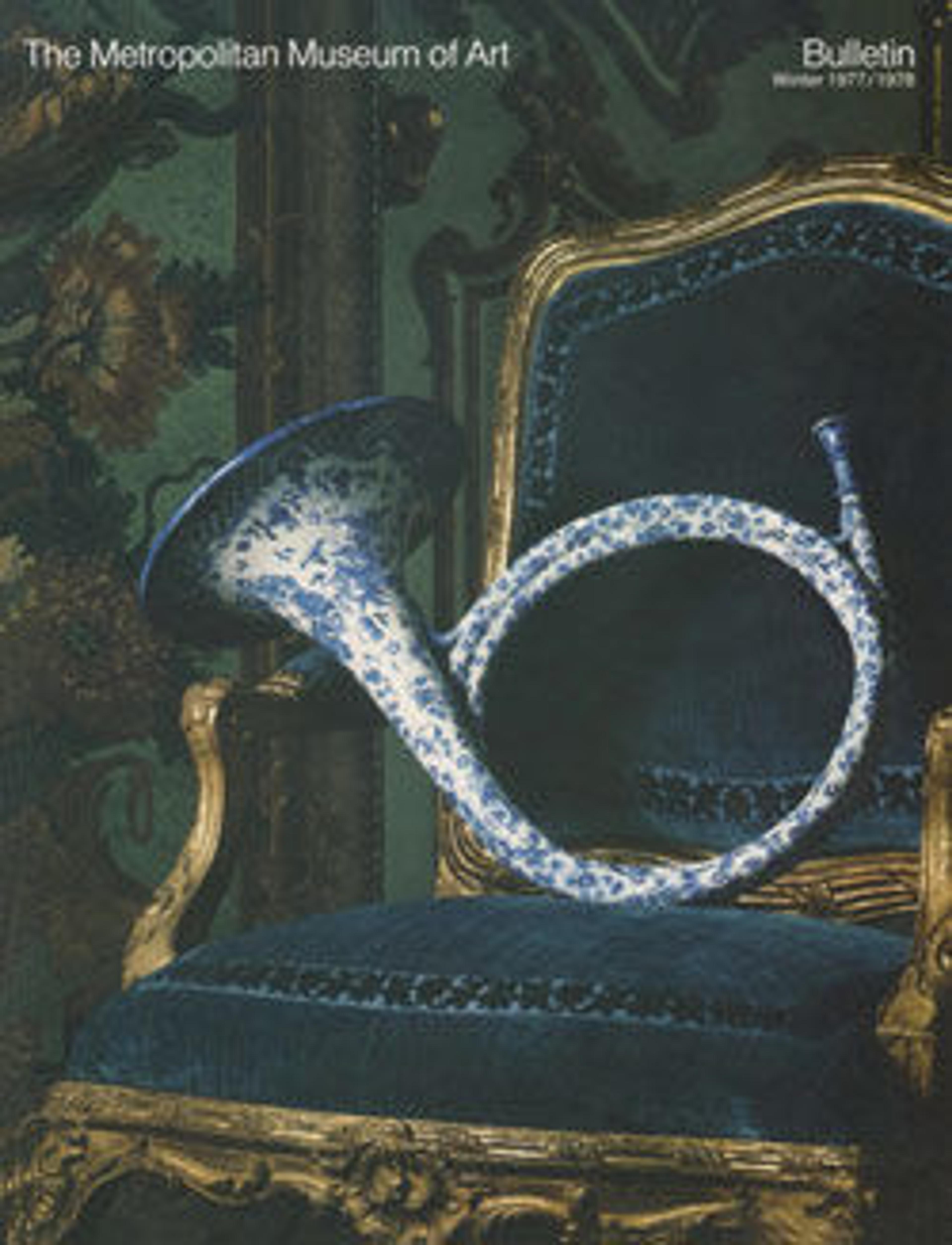Se (瑟 )
Said to represent friendship and love when played together with the qin, the se, with its movable bridges, is plucked with both hands. This technique, unusual for Asian zithers, permits the player to sound the strings in octaves. Twenty-five multicolored silk strings reflect Chinese cosmology: five are blue, for Heaven, the Azure Dragon of the East; five are red, the luckiest color, associated with the South; four are yellow, for the Earth; the bridgeless white string is not played and symbolizes the West, space, and mourning; five are purple, an imperial color; and five are black, for the North. Se, such as this one from a Taoist temple, were used in rituals and at state ceremonies. Here, inscriptions indicate both the maker, Fanfu Lou, and the owner: "Treasure collection [of] Monk Xinzhu."
Artwork Details
- Title:Se (瑟 )
- Maker:Fanfu Lou (Seal of Zha Youci)
- Period:Qing dynasty (1644-1911)
- Date:19th century
- Geography:China
- Culture:Chinese
- Medium:Wood, silk
- Dimensions:L. 72 × D. 17 in. (182.9 × 43.2 cm)
- Classification:Chordophone-Zither-plucked-long zither
- Credit Line:The Crosby Brown Collection of Musical Instruments, 1889
- Object Number:89.4.2163
- Curatorial Department: Musical Instruments
More Artwork
Research Resources
The Met provides unparalleled resources for research and welcomes an international community of students and scholars. The Met's Open Access API is where creators and researchers can connect to the The Met collection. Open Access data and public domain images are available for unrestricted commercial and noncommercial use without permission or fee.
To request images under copyright and other restrictions, please use this Image Request form.
Feedback
We continue to research and examine historical and cultural context for objects in The Met collection. If you have comments or questions about this object record, please contact us using the form below. The Museum looks forward to receiving your comments.
